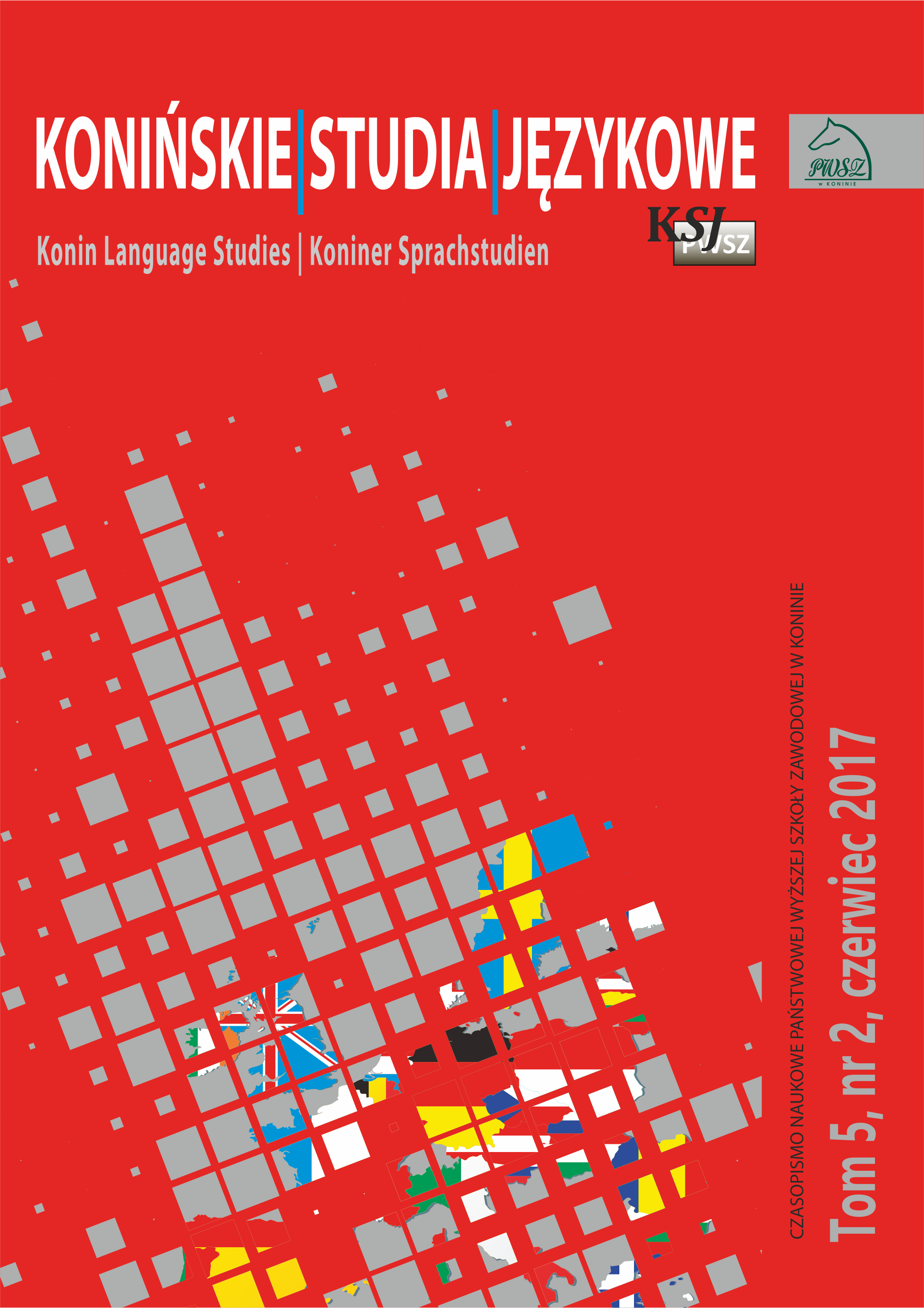Wpływ stylu uczenia się na gotowość komunikacyjną w trakcie wykonywania dwóch typów zadań
The impact of learning style on willingness to communicate in the performance of two types of learning tasks
Author(s): Mirosław Pawlak, Anna Mystkowska-WiertelakSubject(s): Theoretical Linguistics, Applied Linguistics
Published by: Akademia Nauk Stosowanych w Koninie
Keywords: willingness to communicate in a second language; learning style; communicative tasks
Summary/Abstract: Recent years have witnesses a major change in research on willingness to communicate in a second language (L2 WTC), which has involved a gradual transition from studies adopting a macro-perspective to those embracing a micro-perspective. In other words, large-scale, cross-sectional research projects involving huge numbers of participants and the use of complex statistical procedures (e.g., MacIntyre et al., 1998) are giving way to more situated empirical investigations focusing on learners’ WTC during specific classes or tasks performed in the course of these classes as well as factors responsible for its fluctuations (e.g., Cao & Philp, 2006; MacIntyre & Legatto, 2011; Pawlak, Mystkowska-Wiertelak, & Bielak, 2016; Peng, 2014; Yashima, 2012). Although this line of inquiry has provided important insights into variables responsible for increases and decreases in readiness to speak, little is still known about the role of individual difference variables in shaping learners’ WTC. The study reported in this paper is intended to partially fill this gap by investigating fluctuations in readiness to speak as a function of learning styles. Six pairs of English philology students performed two communication-based tasks that differed with respect to the presence of an information gap, with one of them requiring participants to justify their decisions and the other to identify differences between two Mirosław Pawlak, Anna Mystkowska-Wiertelak pictures. The tasks lasted ten minutes each and the interactions were audiorecorded. The data were collected by means of: (1) a grid allowing self-assessment of WTC levels at 30-second intervals, (2) transcripts of the interactions in pairs, (3) interviews conducted immediately on completion of the tasks, (4) questionnaires tapping into factors impacting WTC levels during task performance, and (5) Learning Style Survey (Cohen, Oxford, & Chi, 2011). A combination of quantitative and qualitative analysis showed a link between dominant learning styles and readiness to take part in the interactions.
Journal: Konińskie Studia Językowe
- Issue Year: 5/2017
- Issue No: 2
- Page Range: 185-202
- Page Count: 18
- Language: Polish

